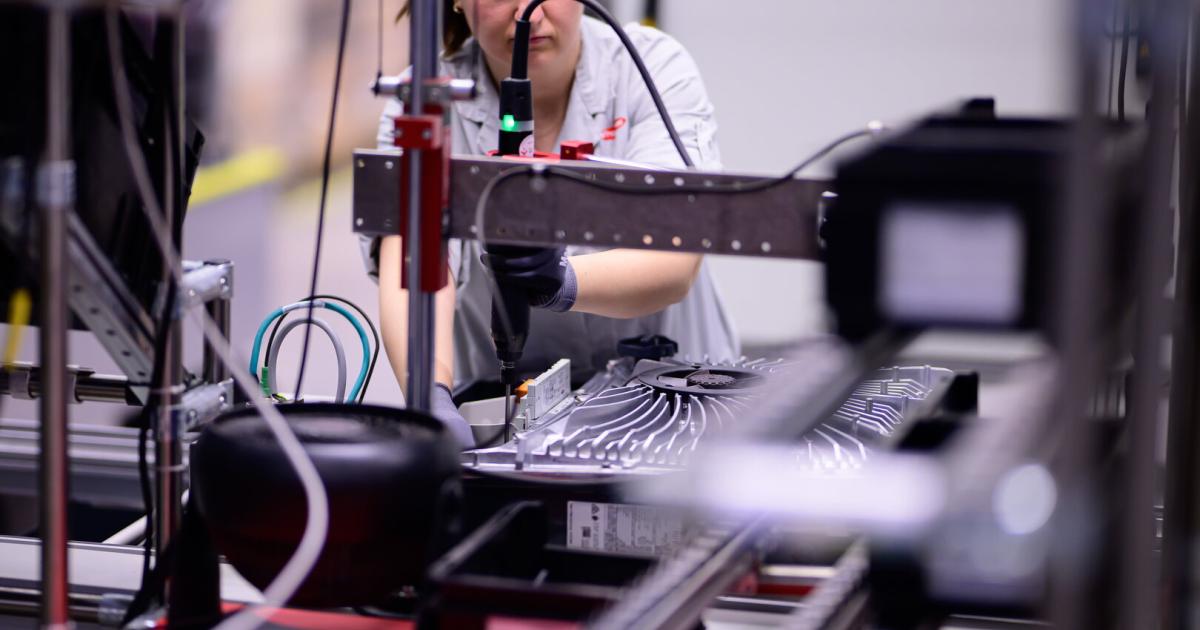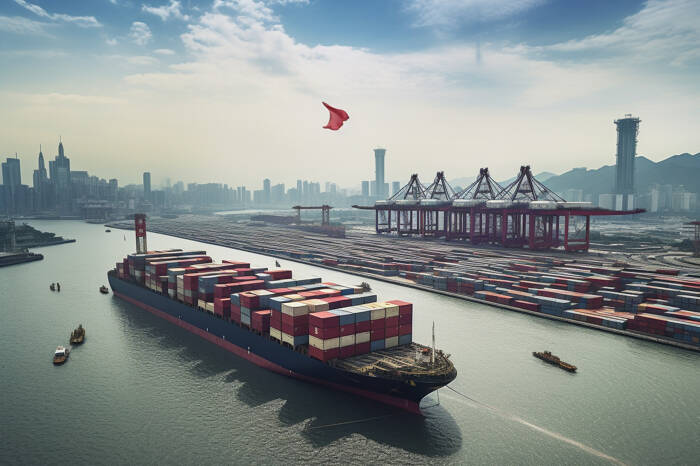Fronius, a leading technology group based in Pettenbach (Kirchdorf district), has announced plans to cut 350 of its 8,000 employees. The company attributed the layoffs to ongoing issues in the solar industry and weak sales in the Solar Energy business unit.
In an effort to address the challenges facing the industry, Fronius had already implemented several cost-cutting measures by the end of 2023. This included introducing internal short-time work for 1,300 employees in solar production for 2024 and releasing leased workers. However, despite these efforts, the situation continued to deteriorate in the first two quarters of 2024 as the solar market failed to recover.
The CEO of Fronius, Elisabeth Engelbrechtsmüller-Strauß, explained that supply chain issues and the PV boom caused by Russia’s conflict with Ukraine initially prevented the company from meeting demand. In response, Fronius invested around 420 million euros in expanding production lines at its Sattledt and Český Krumlov sites in 2022 and 2023, hiring over 2,000 new employees. However, despite these investments, wholesalers and installers are now reducing their stocks more slowly than anticipated due to lower energy costs and uncertainty surrounding subsidies.
Fronius is not alone in facing challenges within the European solar industry. Dumping prices from Chinese manufacturers have flooded the market with products below production costs, creating a competitive disadvantage for companies like Fronius. The CEO highlighted this issue as one that has impacted employment at her company and called on European politicians to take action to address these distortions.
Despite these challenges, Fronius remains a major player in the global technology market. In 2023, it achieved sales of approximately 1.6 billion euros (up from 1.2 billion euros in 2022) and employed around 8,000 individuals across three main sectors: solar (60%), welding technology (35%), and battery charging (5%).



